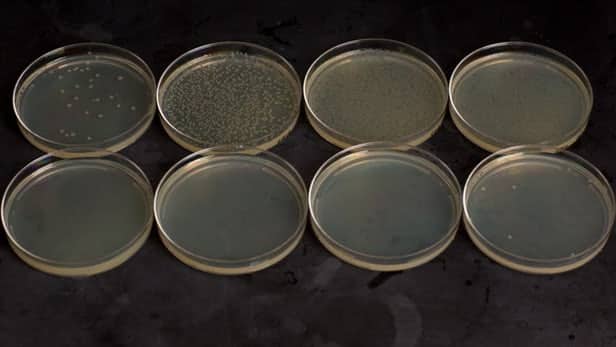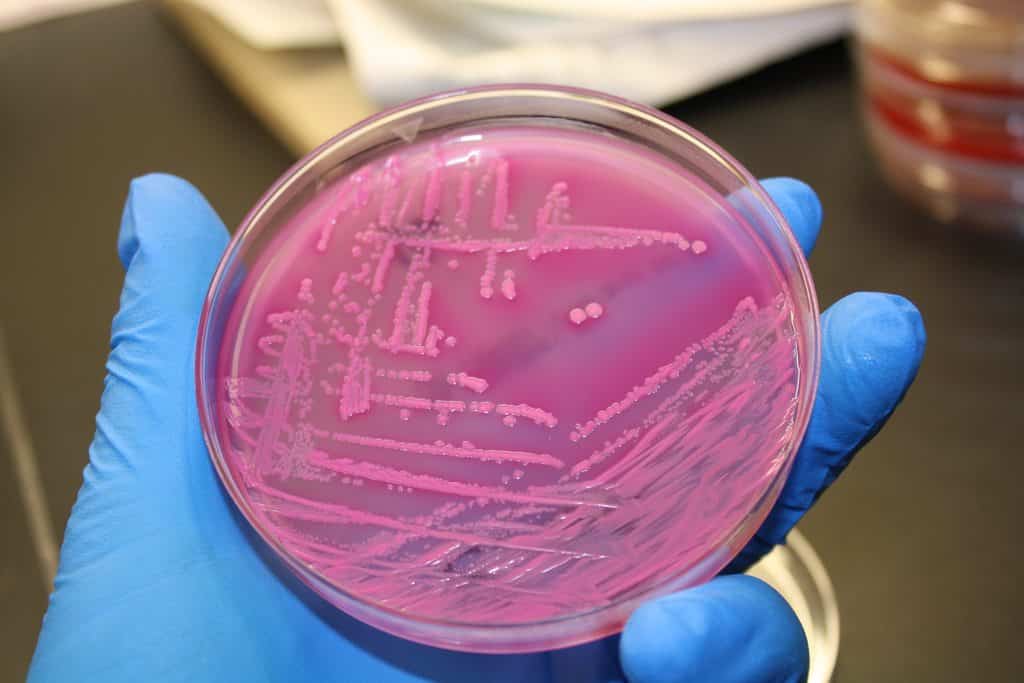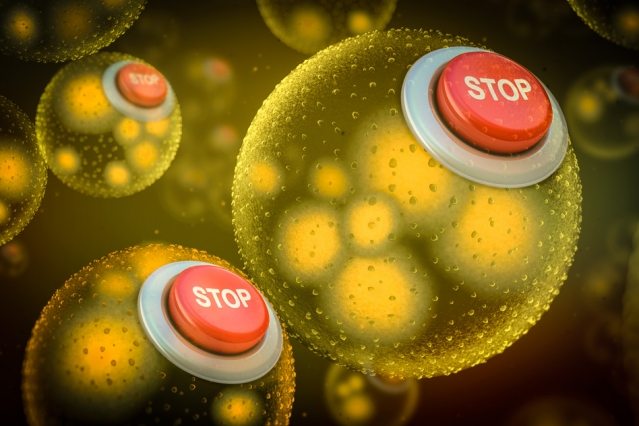A Kill Switch for Microbes Gone Rogue- Latest Research
Over the past 60 years, human beings haven’t exactly been good stewards of their own environment and technological innovations. The proliferation of automobiles and other independent technologies has changed our weather patterns and, if we don’t alter our behaviours soon, the future of our planet. In the same way that we’ve augmented our climate through human interference and irresponsibility, we’ve also irrevocably changed the landscape of both beneficial and harmful bacteria through the use and overuse of antibiotics.
Now the same doom-and-gloom rhetoric used so frequently by environmentalists regarding climate change is being applied to our future. If there’s a coming, man-made apocalypse, it might be the little stuff, rather than the big, that gets us in the end.
And so as (in an attempt) to prevent this, Harvard’s Wyss Institute for Biologically Inspired Engineering led by Core Faculty members Pamela Silver and James Collins have created “kill switches” in bacteria that cause them to commit suicide in laboratory conditions when they are not wanted anymore.
The new kill switches are self-sufficient and highly stable in bacterial populations that evolve, and they last over many generations. They can ensure that only
bacteria with intact synthetic gene circuits survive, or confine bacteria to a target environment at 37°C (body temperature) while inducing them to die at lower temperatures, as demonstrated during bacterial exit from a mouse intestinal tract.Silver and her colleagues developed two new types of kill switches for added security.

The first is known as the “essentializer,” which piggybacks off another type of kill switch known as the “memory element.”
The memory element, derived from a bacteria-infecting virus called bacteriophage lambda, either remains silent or reports the occurrence of a signal by permanently turning on a visible reporter transgene that the scientists can trace. The signal can be any molecule, for example, an inflammatory cytokine in the gut or a toxin in the environment.
The team devised a way that ensures the memory element is not lost from the genome during the evolution of the bacterial population over more than a hundred generations. During that time, the genomes of individual bacteria acquire random mutations, which also could potentially occur in the memory element, destroying it in their wake.
The researchers introduced the Essentializer as a separate element at another location in the bacterium’s genome. As long as the memory element remains intact, either of the two bacteriophage factors that control its function also inhibits the expression of a toxin gene encoded by the Essentializer. However, the toxin gene remains somewhat “leaky,” still producing residual amounts of toxin that can kill the cell. To keep those residual toxin levels at bay, the researchers included a second gene in their kill switch, which produces low levels of an anti-toxin that can neutralize small amounts of the toxin.
“By tying the function of the memory element to that of the Essentializer, we basically link the survival of E. coli bacteria to the presence of the memory element. The removal of the memory element from the bacterial genome, which also eliminates the two toxin-suppressing phage factors, immediately triggers the kill switch to produce high amounts of toxin that overwhelm the anti-toxin and eliminate the affected bacteria from the population,” said first author Finn Stirling, a Graduate Student working with Silver. “To create this sophisticated system of checks and balances, we also made sure that the kill switches themselves remained fully intact, which is an important prerequisite for future applications; we verified that they were still functional after about 140 cell divisions.”

Scientists named their second new kill-switch “cryodeath.” The switch uses similar toxin/anti-toxin DNA splices. But the switch is synched with temperature, instead of another kill-switch.
Shifting the bacteria from 37°C, where they are supposed to thrive, to 22°C, potently induced expression of the toxin and killed the bacteria. In seminal proof-of-concept experiments, the team demonstrated the usefulness of Cryodeath in vivo. After introducing an E. coli strain containing the kill switch into mice, only 1 of 100,000 bacteria was viable in fecal samples.
“This advance brings us significantly closer to real-world applications of synthetically engineered microbes in the human body or the environment. We are now working toward combinations of kill switches that can respond to different environmental stimuli to provide even tighter control,” said Silver.
These kill switches could be just a couple of weapons in a wider arsenal against engineered bacteria going rogue. An MIT team developed a “deadman’s switch” and a “passcode” that would instantly kill a bacteria if one or more chemicals were missing, while Caltech researchers used thermal “walkie talkies” to relay instructions to bacteria in the body about when and where to release a drug payload, and to self-destruct when the job is done.































